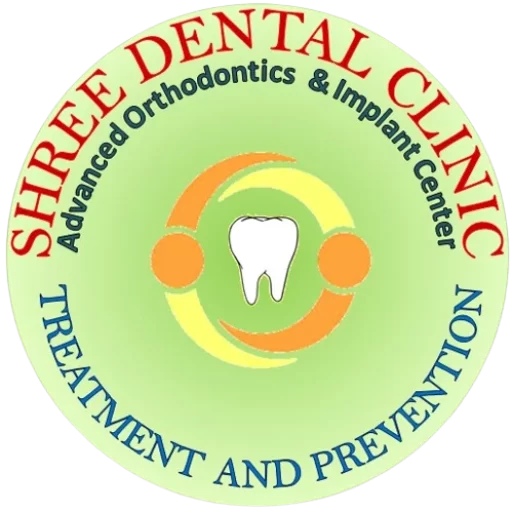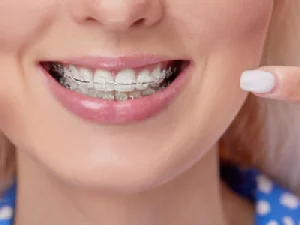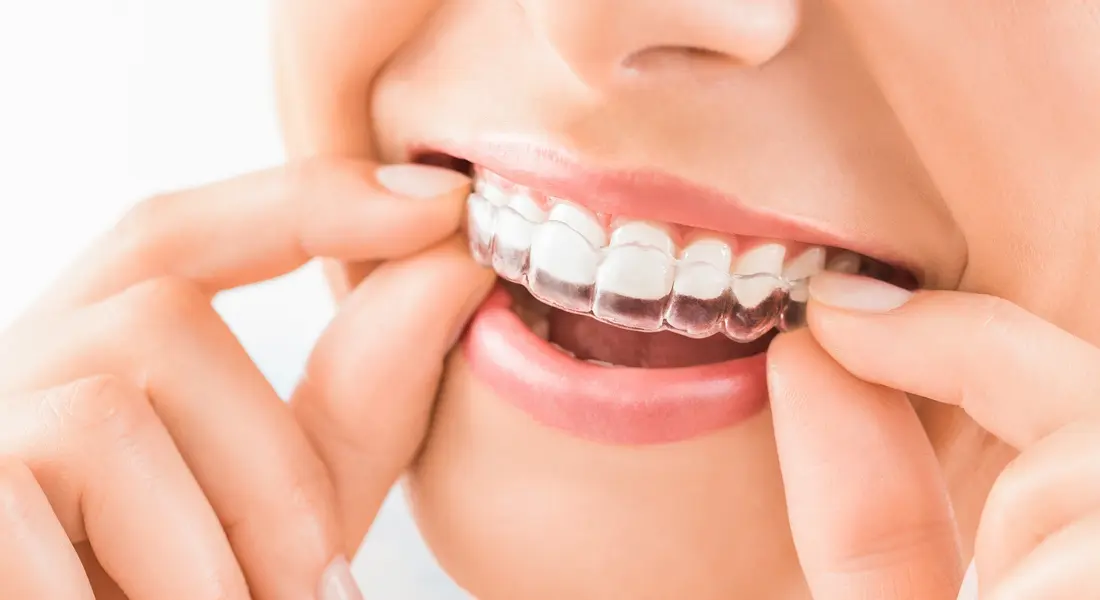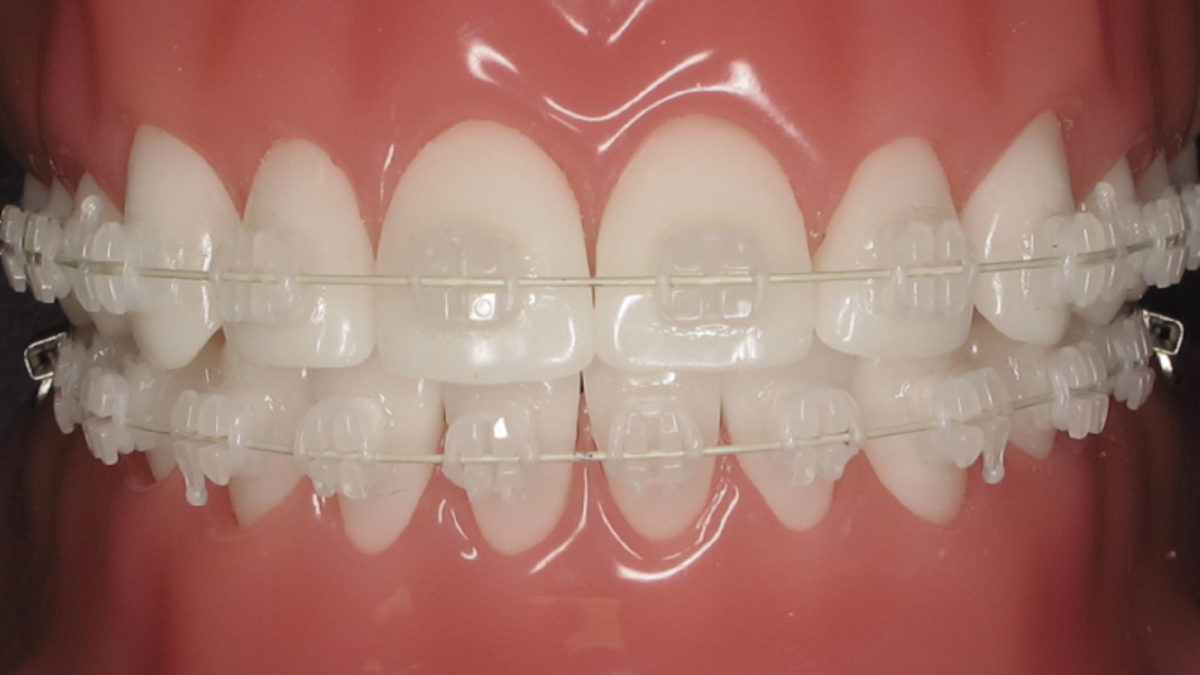
Metal braces
A variety of orthodontic options exist today for people looking into getting braces. From traditional metal braces to Invisalign / clear aligners, it can be a challenge to decide which choice is the best for your particular needs. Visit Dr Tushar Kolhe ( an orthodontist ) who can work with you to explain the benefits of each type.
Traditional braces are more effective at treating extreme overcrowding than other options like clear braces or transparent aligners. They give your orthodontist the control he needs to move the teeth in small increments at a time.








